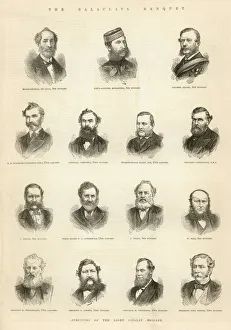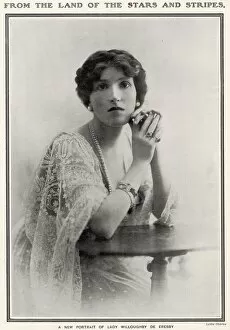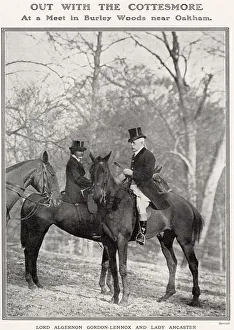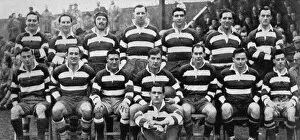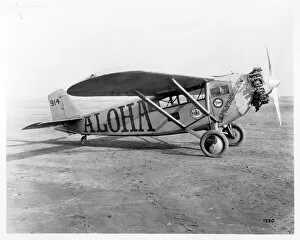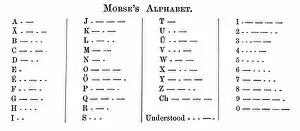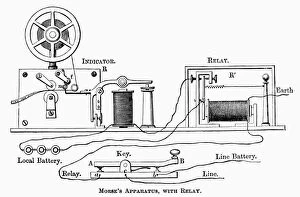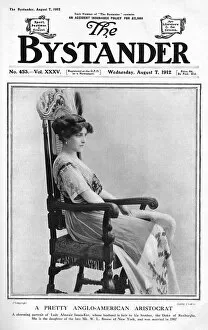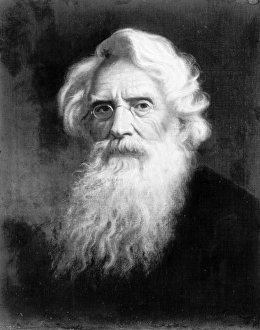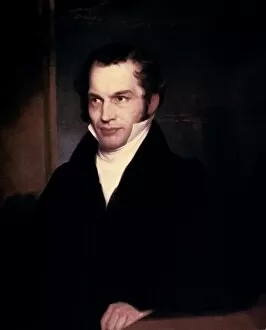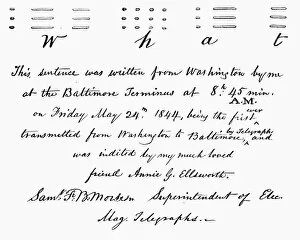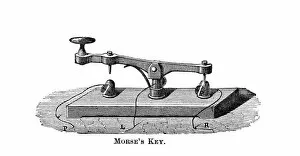Breese Collection
"BREESE: A Journey Through History and Connections" Step into the world of Breese, a name that echoes through time with tales of triumph, elegance, and innovation
All Professionally Made to Order for Quick Shipping
"BREESE: A Journey Through History and Connections" Step into the world of Breese, a name that echoes through time with tales of triumph, elegance, and innovation. From the Crimean War to glamorous banquets, this name has witnessed it all. In the midst of the Balaklava Banquet during the Crimean War, Lady Willoughby de Eresby graced the event with her presence. Later known as Lady Ancaster after her husband's succession to title, she embodied grace and sophistication. Another enchanting lady emerged in history - Miss Eloise Breese. Seen alongside Lord Algernon Gordon-Lennox, their union was a sight to behold. Love knows no boundaries when it comes to connections forged amidst grandeur. Sports enthusiasts will recall Waterloo XV in 1950 where rugby took center stage. The spirit of competition filled the air as teams battled for glory on hallowed grounds. The Port of Volendam in Holland captured hearts with its picturesque beauty in 1900. An oil on canvas masterpiece immortalized its charm for generations to come. But what about Breese 5 - NC914 - Aloha? It seems like an enigma waiting to be unraveled. Perhaps it holds secrets or stories that only those who have encountered it can reveal. Samuel Finley Breese Morse left an indelible mark on history with his invention of Morse Code and single-wire telegraph system. His brilliance revolutionized communication forevermore. Returning to Lady Ancaster (formerly Miss Eloise Breese), we find her embracing adventure while out hunting with the Cottesmore Hunt in 1923. Her spirit echoed that of her ancestors – fearless and determined. Breese is more than just a name; it represents a tapestry woven by individuals from different walks of life across centuries. Their stories intertwine like threads forming intricate patterns that shape our understanding of history today.

